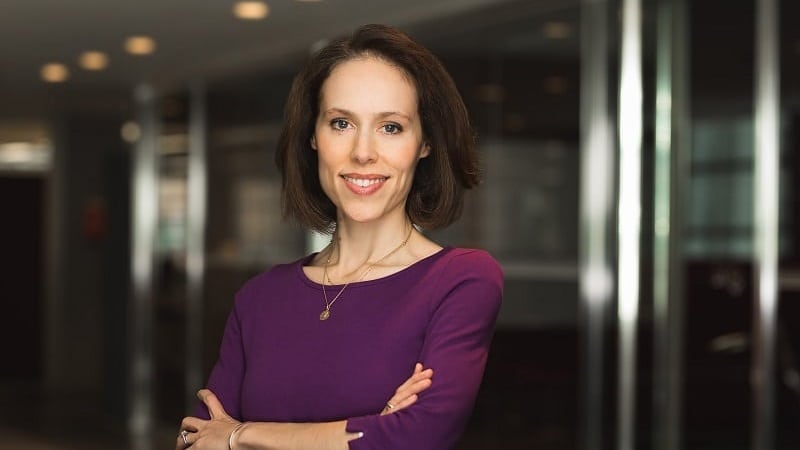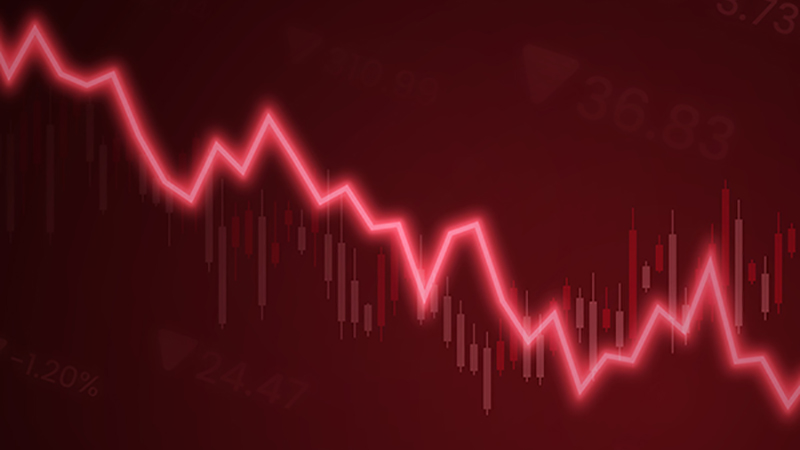Rajan’s reputation as former International Monetary Fund economist, former chief economic advisor in the Finance Ministry, and the man who predicted the financial crisis in 2005, helped fuel an equity rally on his appointment on 4 September, which has left the Sensex pushing its all time high of 21,004.
However, Rajan also told an audience at Harvard Business School this month: "If you are an outsider looking at India, learn to filter out both the irrational exuberance and the excessive pessimism. We’re subject to both. You will become manic-depressive if you follow our moods.”
The challenges are severe: slowing growth and rising inflation. Real GDP has decelerated to 4.4% year on year growth in Q2 – against 5.5% 12 months earlier. The country is running deficits on the fiscal and current account, which has driven the rupee lower and created inflationary pressures. The wholesale price index rose 6.1% year on year in August. The IMF has highlighted that India has the highest inflation of the G20.
Craig Botham, emerging markets economist at Schroders, says: "A strong policy response will be needed, and markets think Rajan is the man to provide it."
He acted quickly on inflation: he unexpectedly raised the key repurchase rate 25bps to 7.5% – although he simultaneously cut the Margial Standing Facility rate by 75bps to 9.5%, effectively delivering a rate cut.
Avinash Vazirani, manager of the Jupiter India Fund says: "He has shown himself to be a determined reformer, willing to press forward with unpopular decisions. His decision to raise interest rates took everyone by surprise and dismayed business groups. But he also lowered the cost of funds for banks, and eased other restrictions imposed in July designed to support the currency during recent market turbulence."
Rajan’s reforming zeal endures. This month he has unveiled his five pillars of reform: building a clear monetary policy framework, opening up banking to competition, liberalising the markets, financial inclusion and dealing with financial stress. The rupee responded by strengthening 1.5% against the dollar.
He has also predicted Q4 growth after a government commission green-lighted $115 billion of stalled resource projects.
The International Monetary Fund reflects this optimism, predicting 5.1% growth in 2014. However, Rupa Duttagupta, deputy chief of the world economic outlook division, says this is also a function of the fact that: "the exchange rate has depreciated significantly in real effective terms, and agricultural production is also undergoing a strong rebound. So, built on these factors and high-frequency indicators show that even investment growth is picking up, we expect growth to pick up next year."











